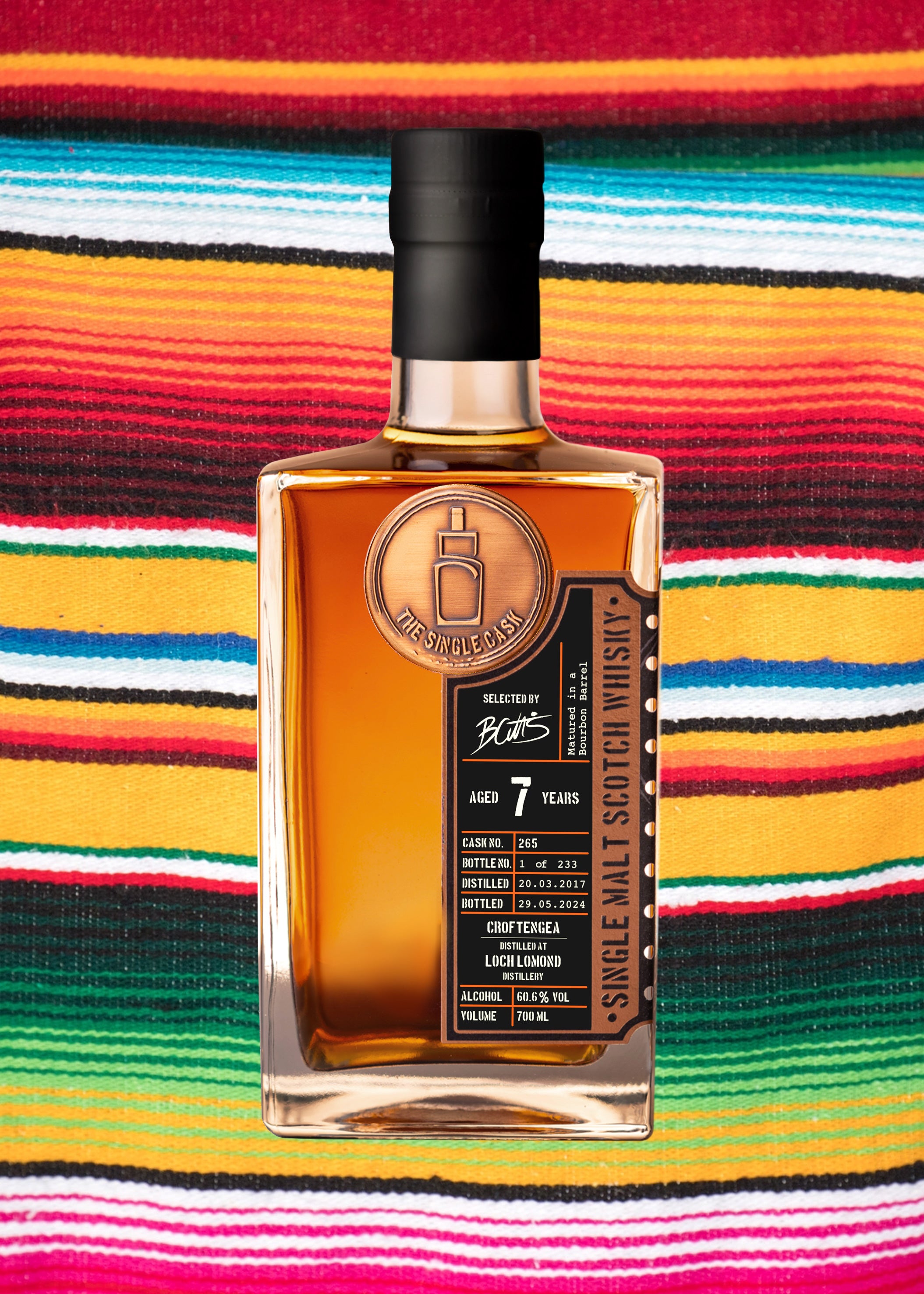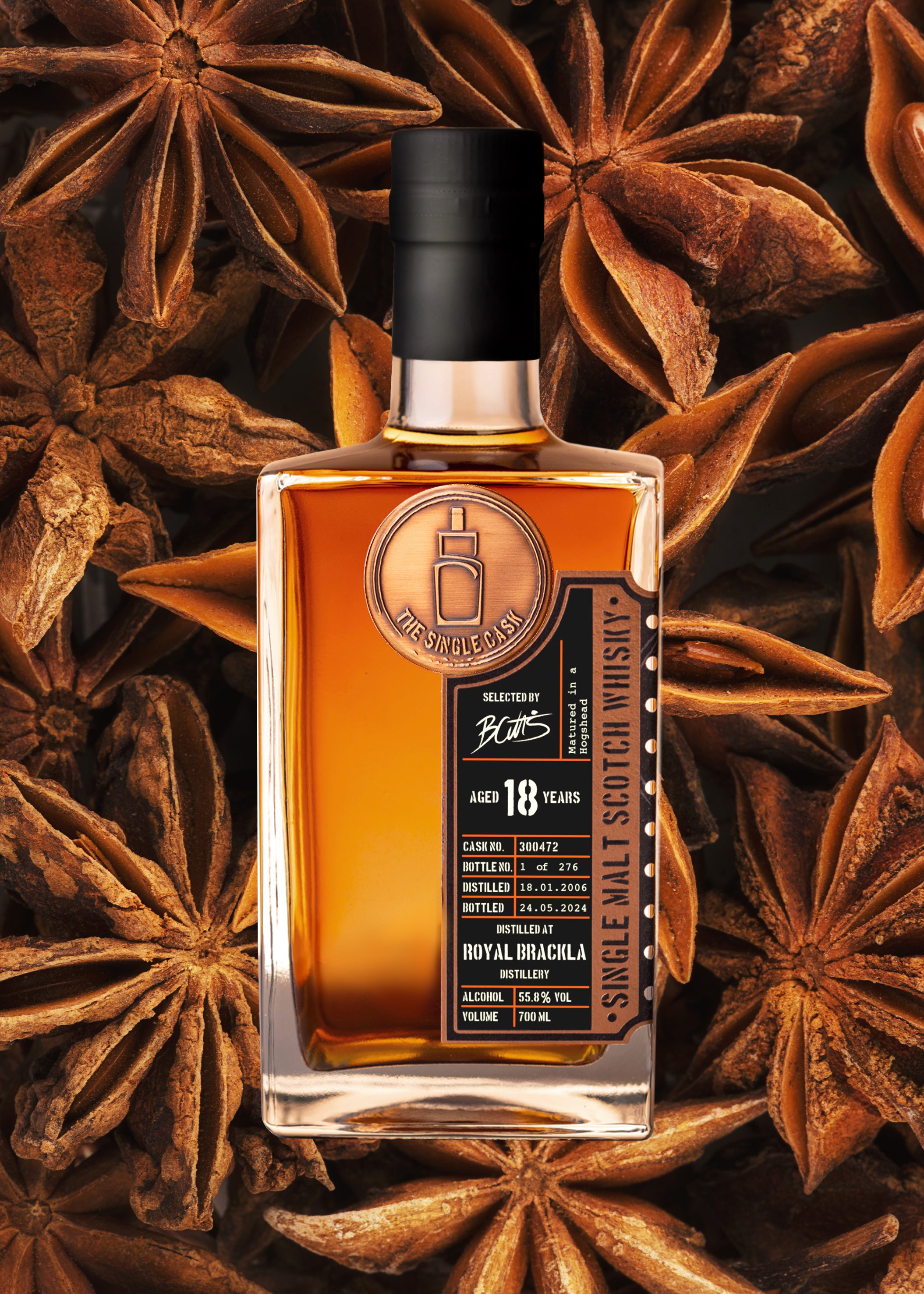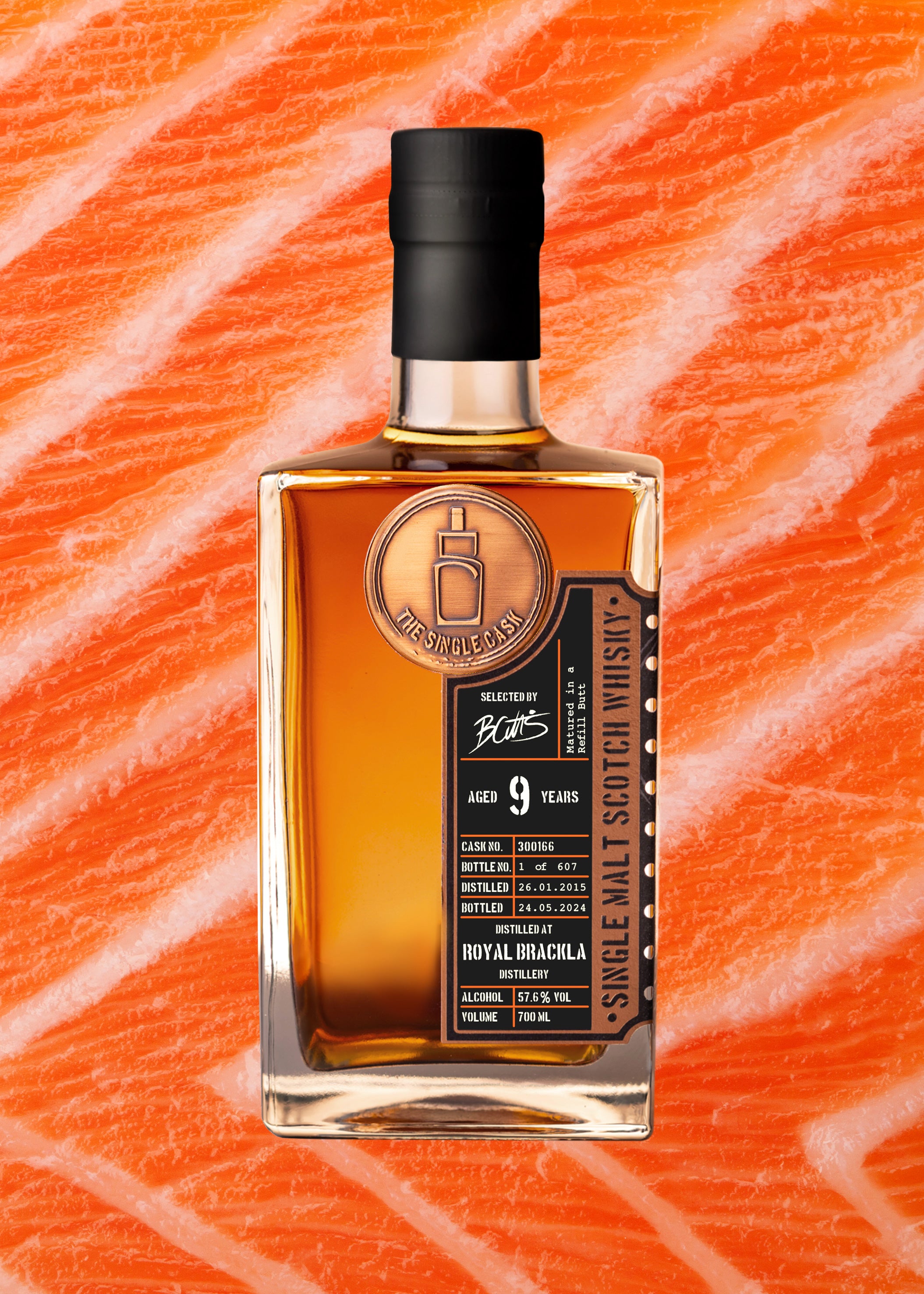About Whisky Tasting
Single cask whisky offers some of the most extraordinary experiences. With each cask having its own individuality, the character of the whisky within will never be repeated. In addition, a whisky cask will only yield several hundred bottles, creating what may be a once-in-a-lifetime opportunity to taste that whisky. Unless you buy a few bottles that is!
With such diverse and remarkable flavours to be discovered in single casks whiskies, you will want to make the most of each opportunity to taste the whisky. However, the whisky tasting process has become shrouded in confusion and misunderstanding. At The Single Cask we are champions of making everything easy and accessible, just like our Flavour Moods. So here is our ultimate guide to tasting whisky.

What is awhisky tasting?
A whisky tasting can be thought of as enjoying whisky with the purposeful consideration of its character, quality, and overall flavour. It implies a more thoughtful and structured experience, as opposed to simply sipping a dram.
Therefore, a whisky tasting can be a solo experience, with friends, as part of a tasting event, or even as part of work. Tastings can be used to assess a whisky in a professional setting, but for most whisky fans, they will be purely for pleasure.
How to taste whisky properly?
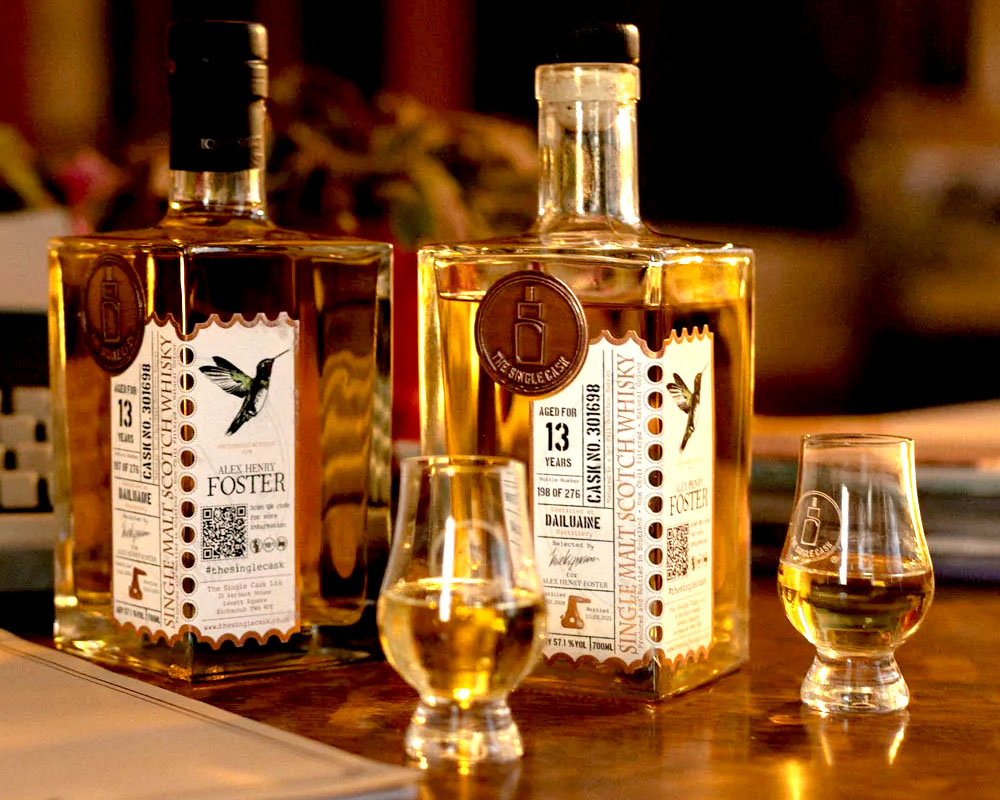
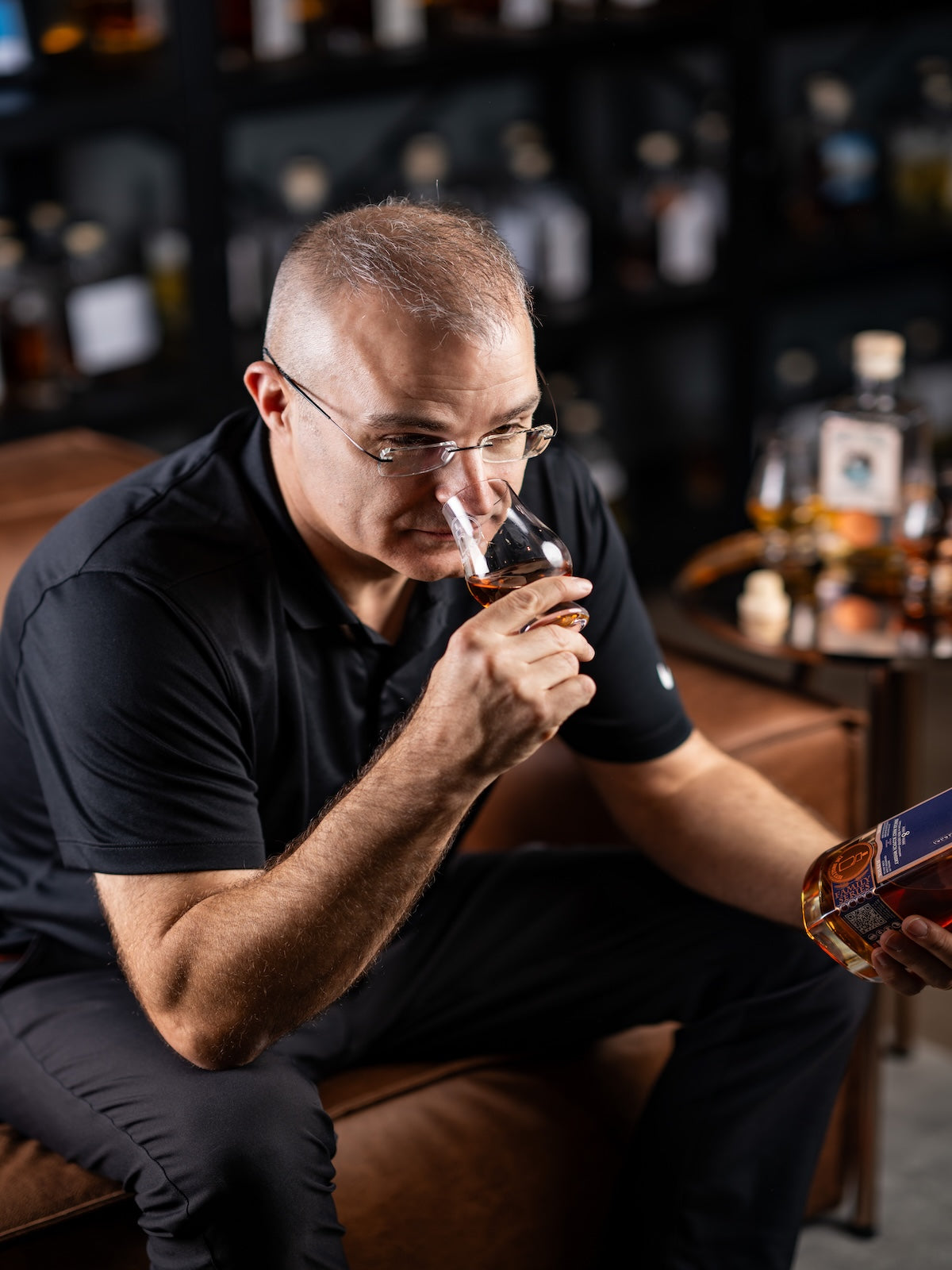
When it comes to tasting whisky there are no rules as such. Many of the methods that have become commonplace have trickled down from professional assessments of whisky samples. However, it’s worth noting that many of these have been designed for an industrial setting where many samples will be assessed in a single session.
For example, samples for nosing will be diluted with water far below the levels of general consumption, normally down to around 20% abv. This is largely because at higher levels of alcohol the nose will quickly become fatigued by the alcohol and fewer samples can be assessed accurately.
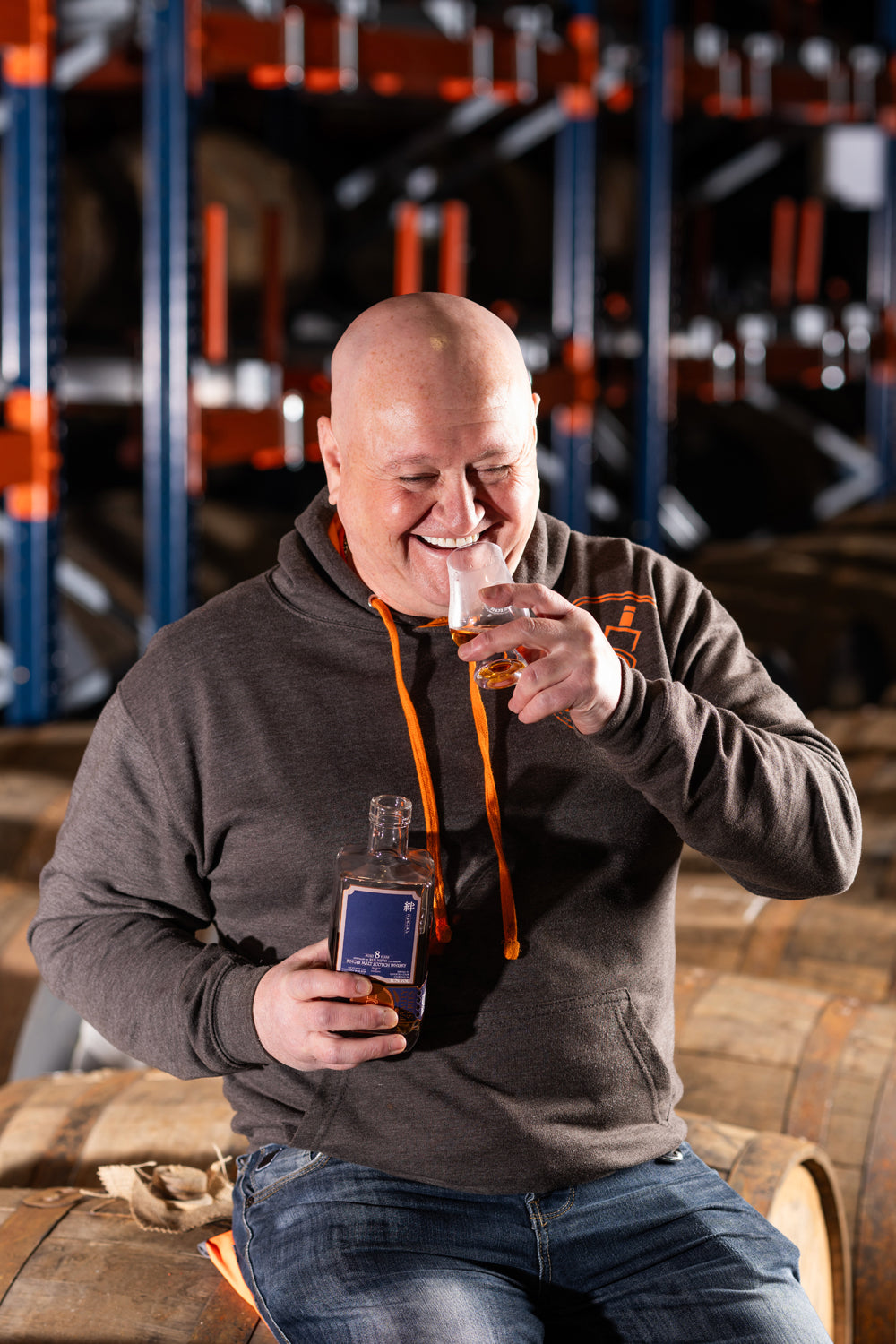

For most whisky fans, whether tasting at home, arranging a tasting with friends, or attending a public tasting event, the process requires less stringency. The main purpose will be to enjoy the whisky tasting so why let rules and processes get in the way?
However, we have a few tips that will help to guide you through the whisky tasting process, and get the most from your single cask whisky.
Your Whisky Tasting Guide
Naturally whisky will be the number one priority. An adequate number of tasting glasses is also important, but most importantly ensure they are clean and free of any soap or obvious odours.
Water for drinking is helpful but also have a little water for diluting the whisky, the cleaner and more neutral tasting the better. Some people enjoy pairing food or other drinks such as beer with whisky. You may wish to have something to write notes with, and the only other thing you may need is an open mind!
Many professional whisky tasters will use a tulip shaped glass such as copita glass. The tulip shape helps to funnel the aromas and concentrate them around the rim of the glass, making them easier to smell. A standard tumbler glass, with its straight sides, dissipates the aromas more readily, making them less easy to smell above the glass.
Therefore, while there are many different whisky tasting glass designs to choose from, the only recommendation is to avoid the tumbler style glasses.
Taking time to appreciate both the colour of the whisky and how it swirls and sticks to the sides of the glass is a delightful part of tasting whisky. The viscosity of a whisky, how the ‘legs’ trickle down the sides of the glass, can be an indication of its alcohol level but it can also be caused by fatty acids in the dram.
A darker colour can indicate the use of a cask other than an ex-bourbon cask for maturation, or simply a very active or new cask.
When sticking your nose into a dram of whisky the most dominant character will probably be the tingle of alcohol. This can mask many of the other aromas. To avoid this before adding water, try positioning the tip of your nose above the glass rather than in it. This is especially important for cask strength whiskies which can be 30% stronger in alcohol than a standard whisky.
The aromas from the glass will be hitting your nose all at once, which can feel overwhelming when attempting to identify individual characters. The easiest approach is to think of the aromas in broad categories, considering them one at a time.
For example, pay attention to what floral aromas you can detect, before considering fruity aromas, confectionary aromas, woody aromas, and smoky aromas. Or any others you feel are relevant. Everyone smells things slightly differently so there are no right or wrong answers.
Taking a sip of cask strength whisky may feel hot and burning in the mouth. It’s always good to taste a whisky before adding water, but be prepared to revisit it in more detail once you have diluted it. With a little water in the dram the alcohol will be less aggressive, and more flavours will be noticeable.
Most of what you will be tasting will be aroma, however. Aroma molecules from the whisky in your mouth will travel up the back of the mouth and to the odour receptors within the nasal cavity. If you wish to understand what you can actually ‘taste’, try pinching your nose whilst you sip a dram and consider its character.
The other important aspect of a whisky’s taste is its mouthfeel. Mouthfeel is the sensations within the mouth such as burning, tingling, numbing, viscosity, oiliness, and tannins. Tannins are the mouth-drying compounds like biting grape seeds and are worth paying attention to as they come from the oak casks during maturation. Because we do not chill-filter our whiskies they will have 100% of their natural oils, giving the most authentic and unadulterated experience possible.
Adding water will change the behaviour of the molecules in your whisky. Water will make some of the molecules more airborne as aromas. So, it will change how it smells. Water will also reduce the alcohol level and therefore the amount it burns the nose and the mouth. As mentioned, alcohol is very good at overpowering or masking other aromas. By reducing the alcohol level with a little water, many more subtle flavours can be detected.
The best approach is one of caution. Add only a few drops of water and taste it once more. If you feel the alcohol is still overpowering, add a few more drops and repeat. Because each whisky is unique, and each of our single cask whiskies are especially unique, there is no set rule of how much water to add.
Every whisky will require a different amount to improve its taste, and some whiskies will be best with no water whatsoever.
Ice has a similar effect to water as it will melt in the glass. However, chilling the whisky will reduce its character because the colder the whisky is, the more the molecules will huddle together rather than evapourate into the air.
There’s no problem adding ice if that’s how you enjoy it but be aware that you will be subduing a great deal of the complex nature of your single cask whisky.
The chemical structure of the whisky will change in your glass over time as it breathes. The alcohol and the more volatile molecules will evapourate at a faster rate than the other molecules. Therefore, the character of your whisky will become different over the course of an hour.
This is especially true for our single cask whiskies because they have higher alcohol levels to start with. It can be fun to leave a dram to sit for a few hours before comparing it to the same whisky poured fresh from the bottle.
Explore the Single Cask Range
AVAILABLE ONLINE
Take a look at our shop to see the latest whiskies we have available. As with all single cask whiskies they will not be around forever. It’s all part of the charm and excitement of sharing a little piece of magic in each bottle.



